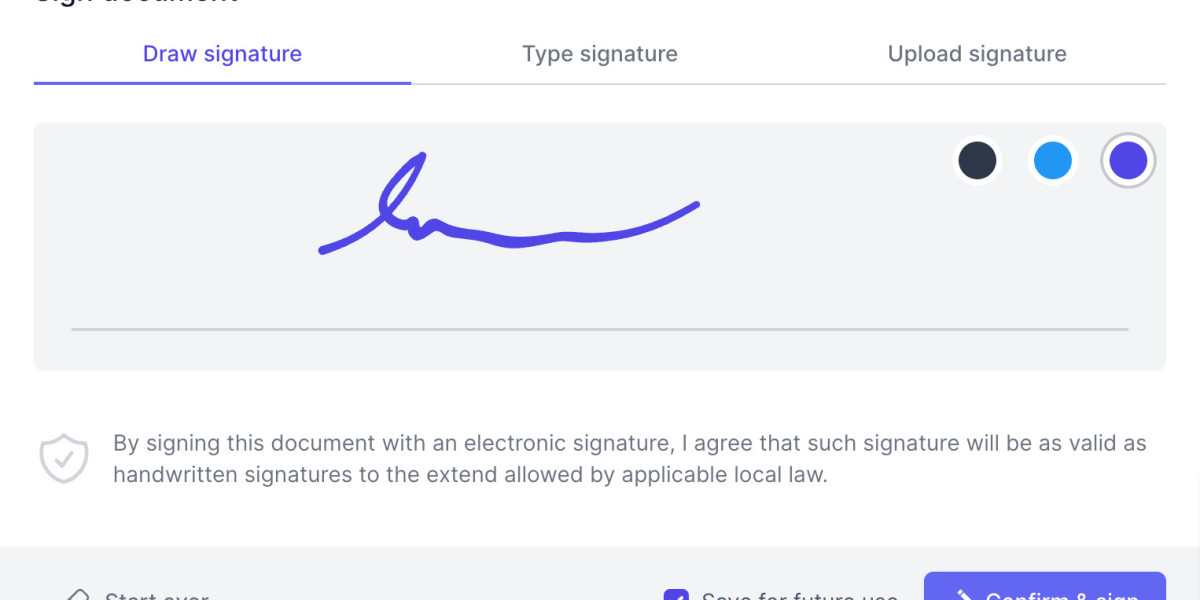electronic signature has transformed how we sign and manage documents in both personal and professional settings. No longer do we need to rely on printing, scanning, or mailing paperwork—an electronic signature allows agreements to be signed quickly, securely, and remotely, all within a few clicks.
What Is an Electronic Signature?
An electronic signature is a digital representation of a person's intent to sign a document. It can be as simple as typing your name into a signature field or as advanced as using cryptographic digital certificates. Legally, an electronic signature is recognized in most countries and holds the same weight as a handwritten signature when implemented correctly.
Key Benefits of Using an Electronic Signature
Speed: Sign and return documents instantly from any device.
Convenience: No need for physical presence or paper handling.
Security: Most electronic signature tools offer encryption, tamper-proof records, and audit trails.
Cost Efficiency: Saves money on paper, ink, shipping, and storage.
Environmental Impact: Supports paperless operations and reduces carbon footprints.
Common Use Cases for Electronic Signatures
Electronic signature technology is now widely used across industries:
Legal: Contracts, agreements, and compliance forms.
Finance: Loan applications, banking forms, and investment agreements.
Healthcare: Patient consent forms and insurance documentation.
Human Resources: Offer letters, onboarding documents, and NDAs.
Real Estate: Purchase agreements, leases, and disclosures.
Legal Status of an Electronic Signature
Governments around the world have established legal frameworks that recognize the electronic signature as valid and enforceable. Key regulations include:
ESIGN Act and UETA (United States)
eIDAS Regulation (European Union)
PIPEDA (Canada)
IT Act (India)
These laws generally require that signers give consent, the technology verifies the identity of the signer, and the process maintains the integrity of the signed document.
Types of Electronic Signatures
Simple Electronic Signature (SES)
Basic methods like typing a name or clicking a checkbox.
Advanced Electronic Signature (AES)
Includes user verification and ensures the signature is uniquely linked to the signer.
Qualified Electronic Signature (QES)
Uses digital certificates issued by a trusted authority and is legally equivalent to a handwritten signature in the EU.
Conclusion
The electronic signature is more than a technological upgrade—it’s a critical tool for speed, compliance, and convenience in the digital economy. Whether you're a solo entrepreneur or a global enterprise, adopting electronic signature solutions empowers you to move faster, operate more securely, and deliver a better experience for clients, employees, and partners.







